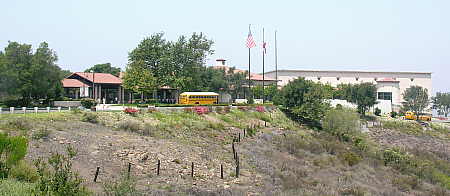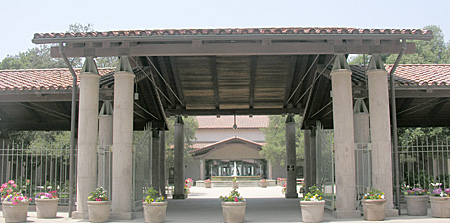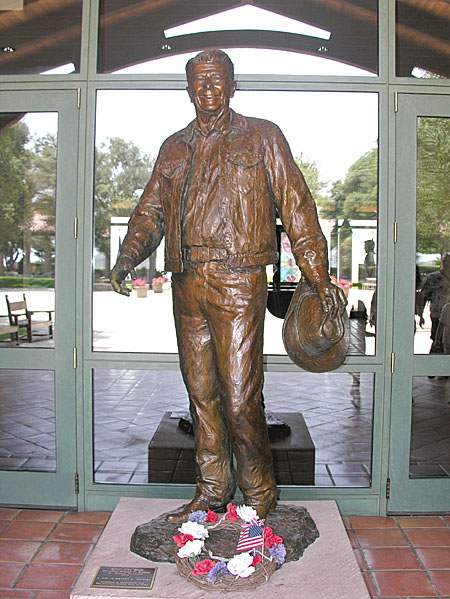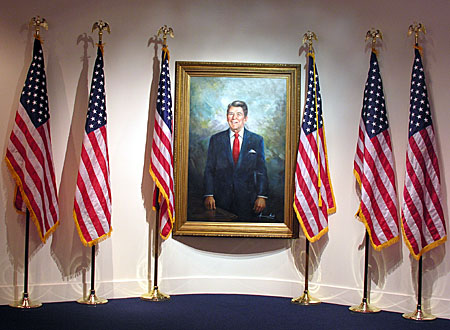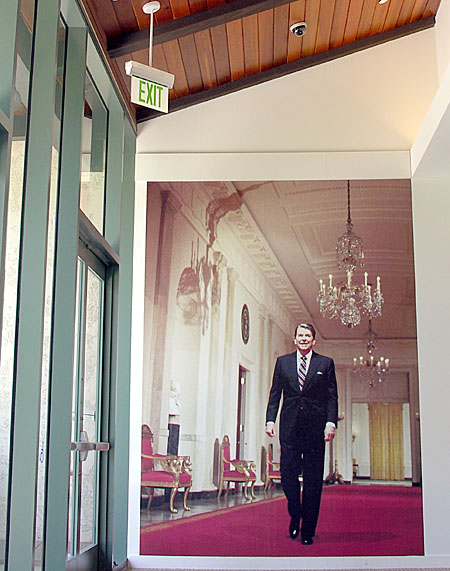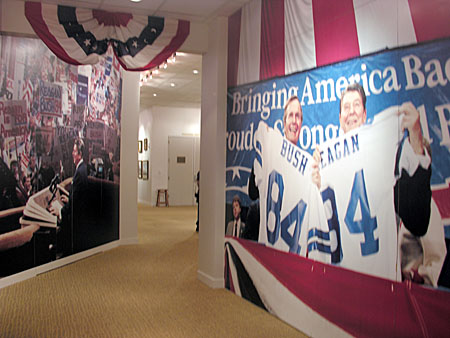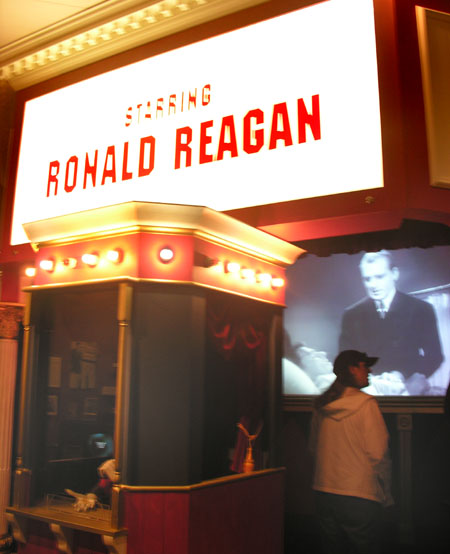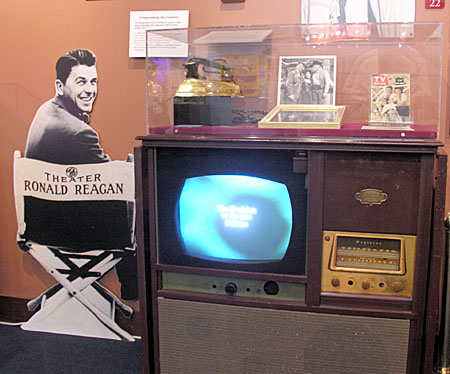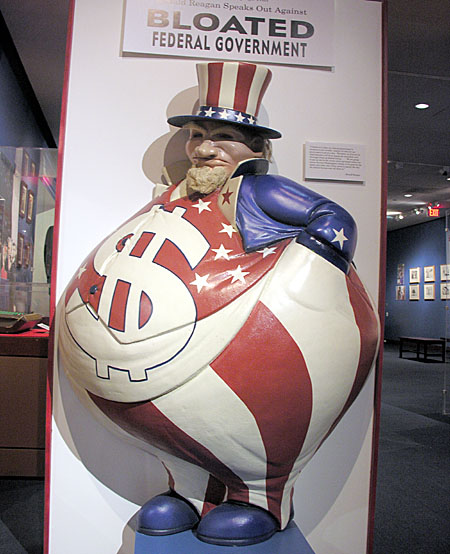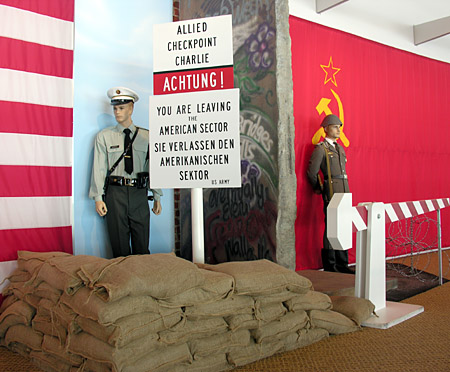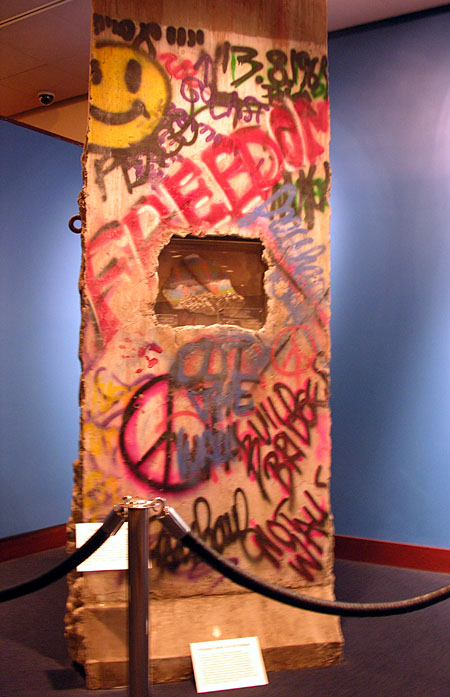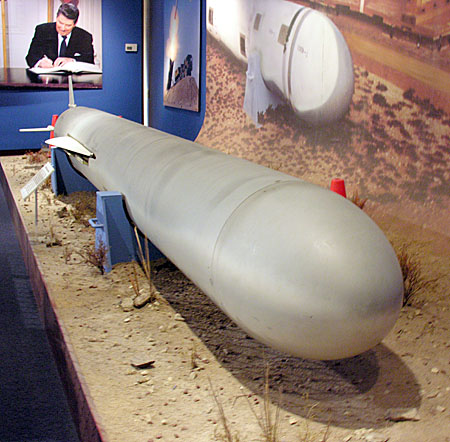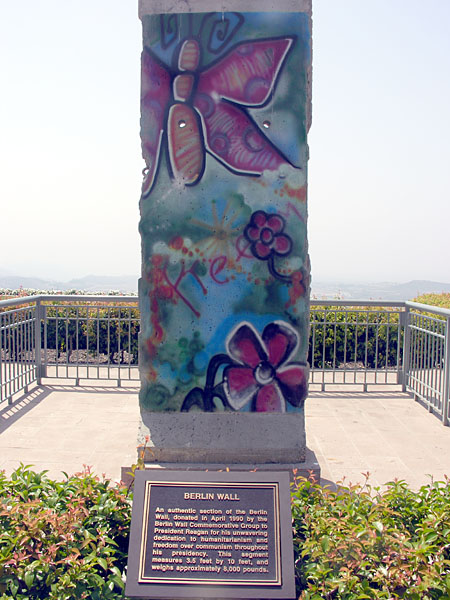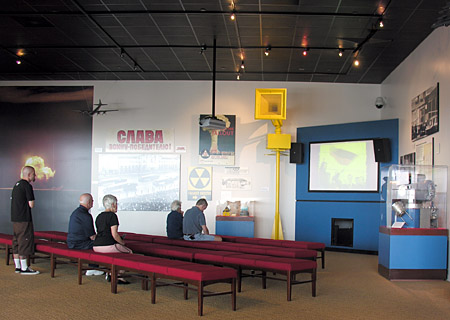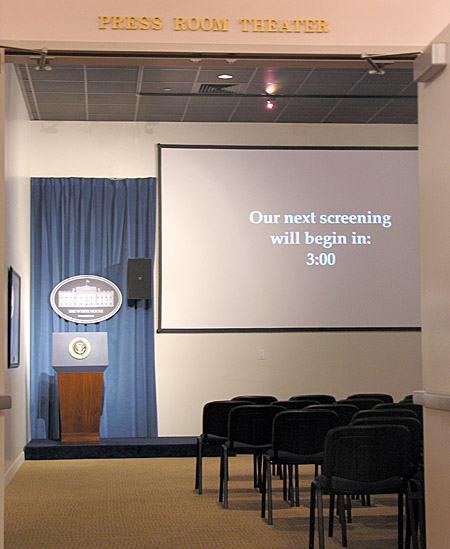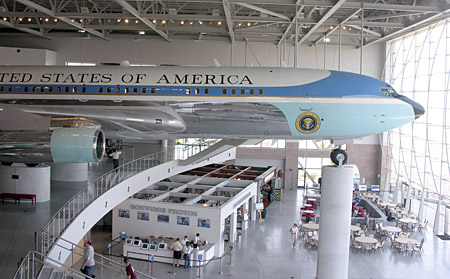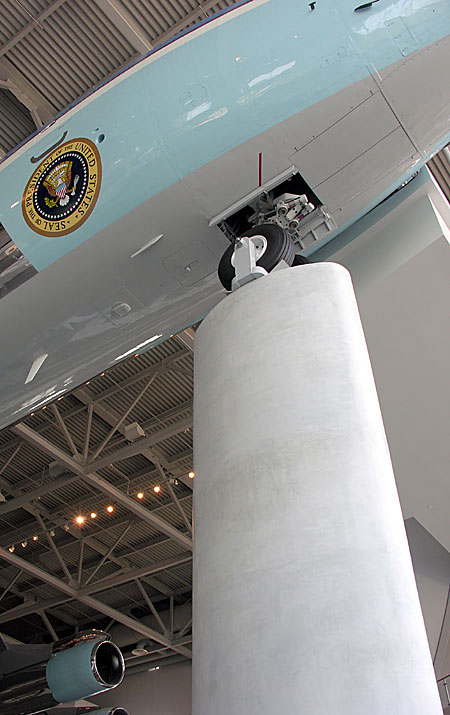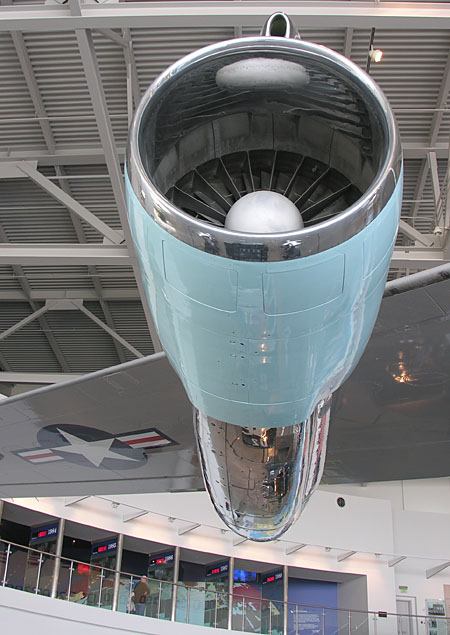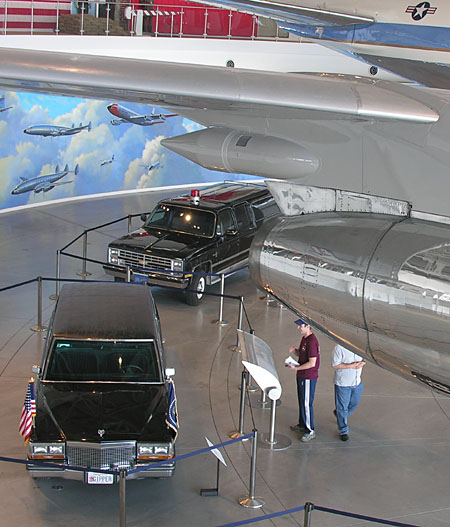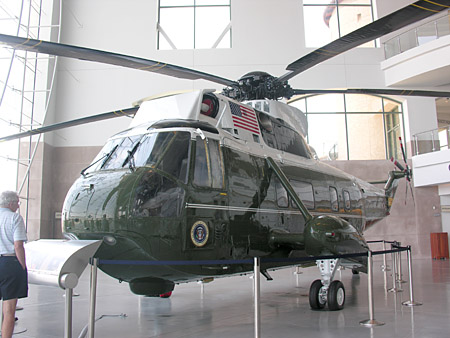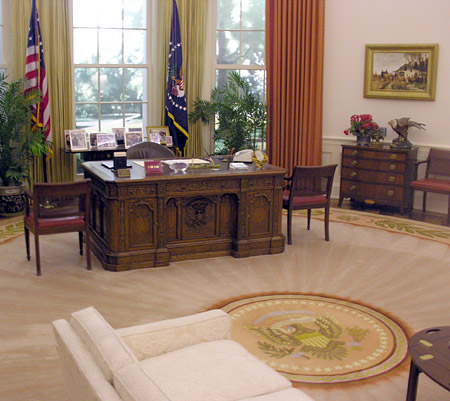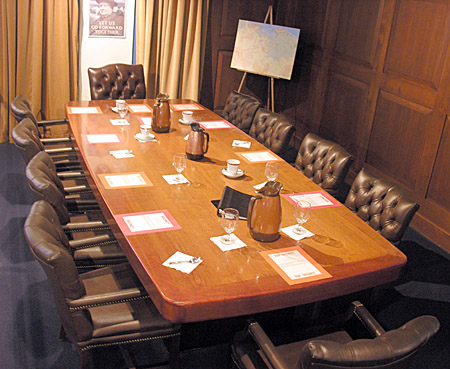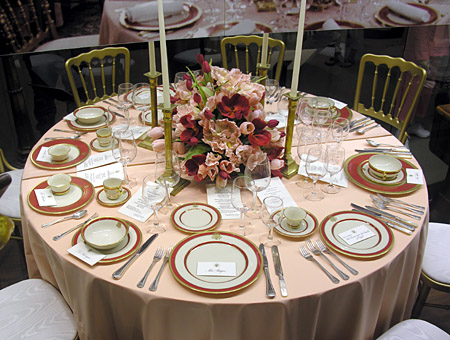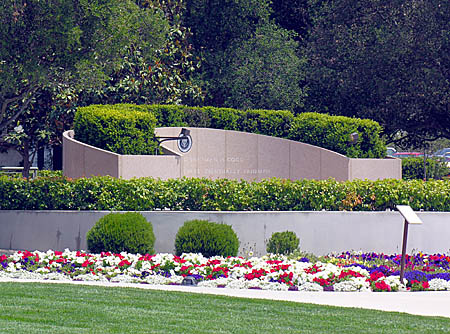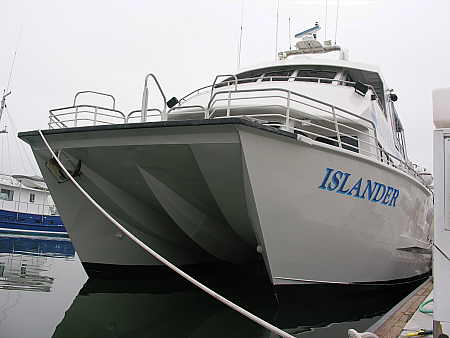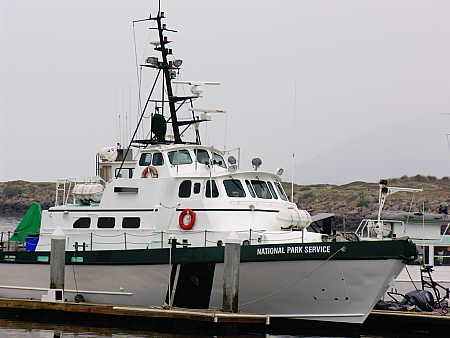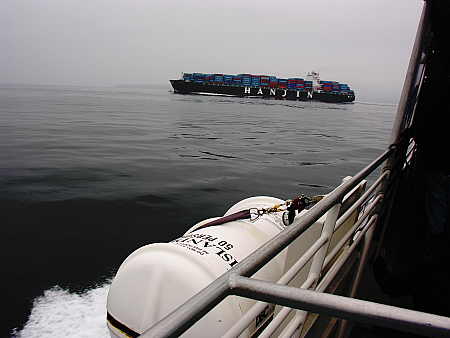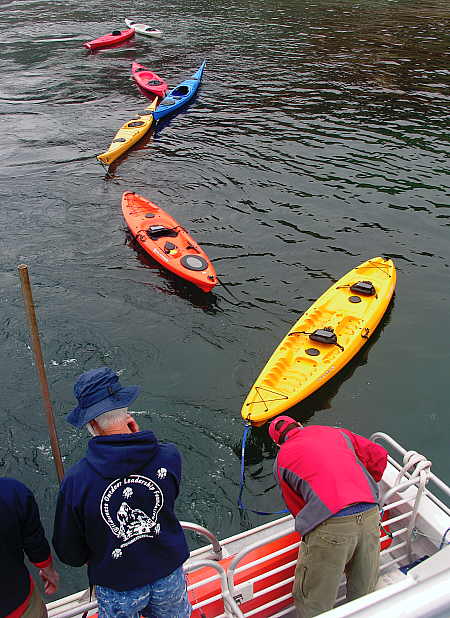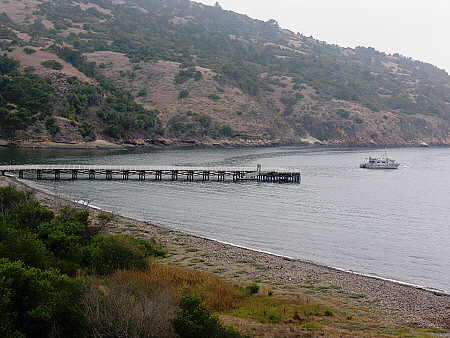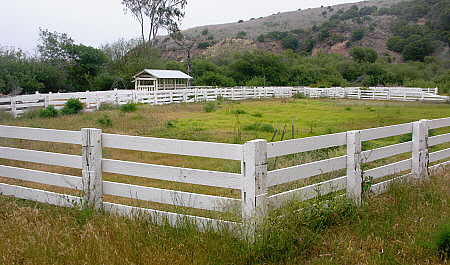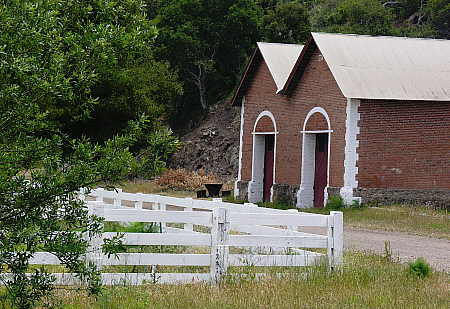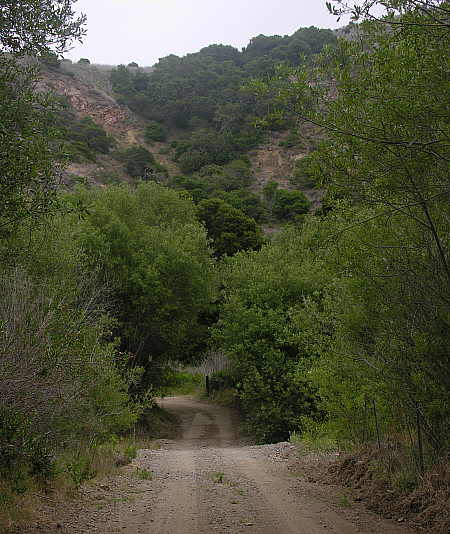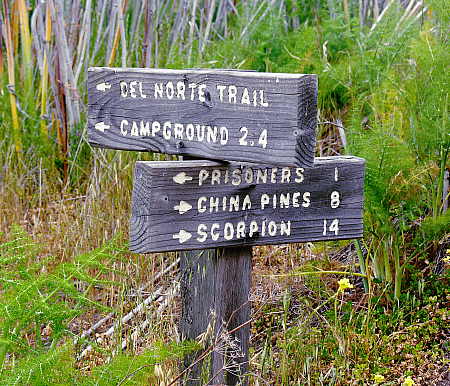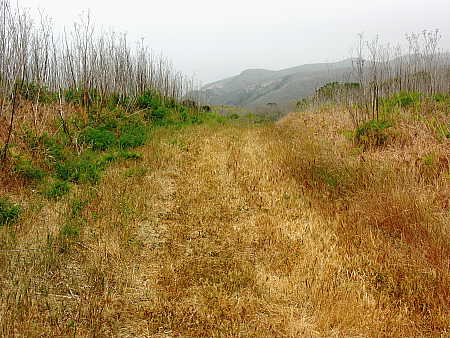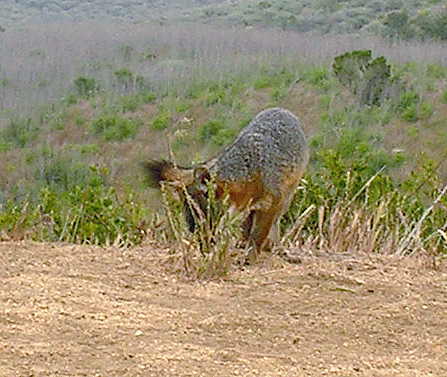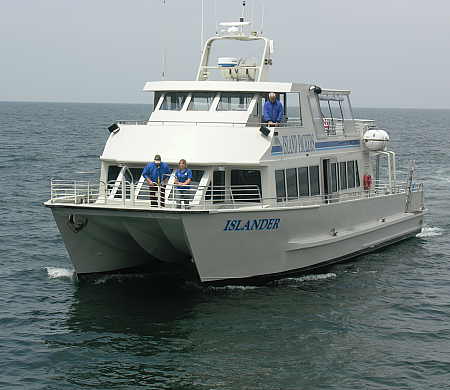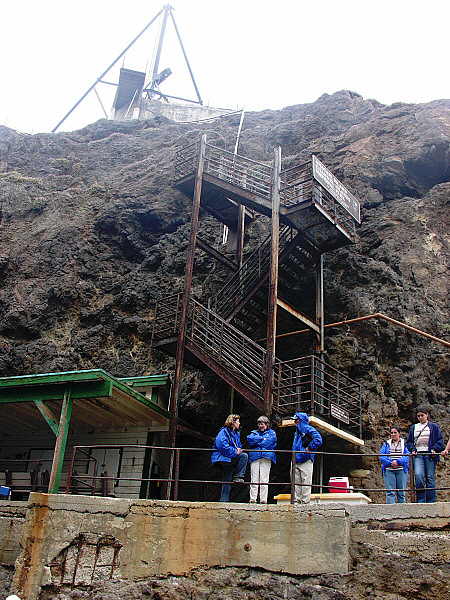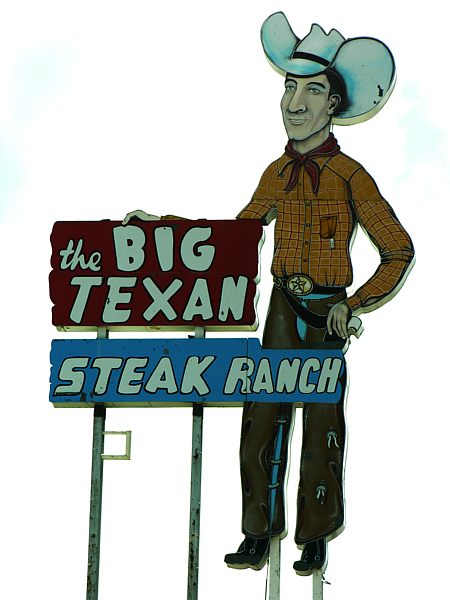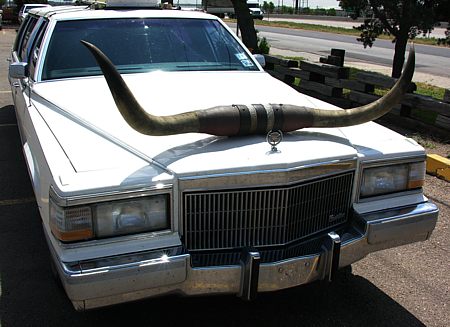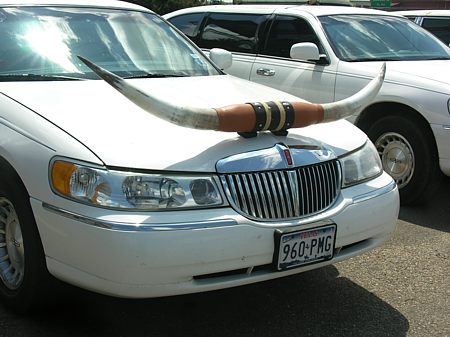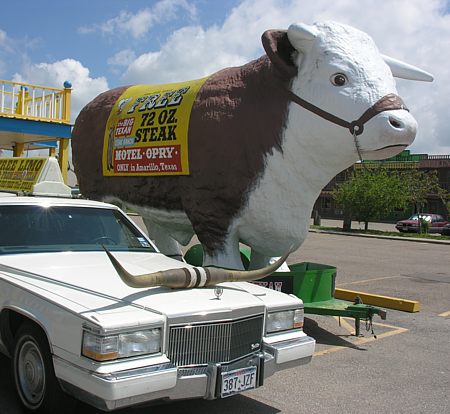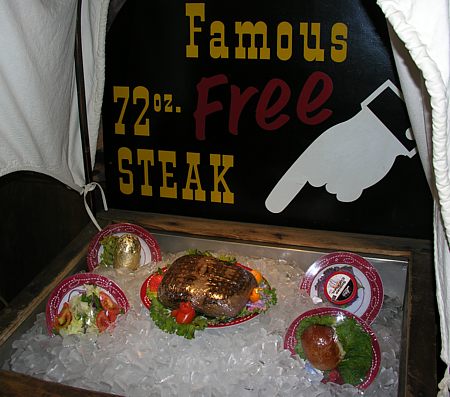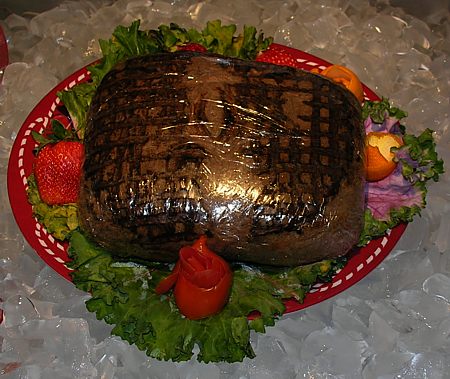The hills that overlook Simi Valley, California host the Presidential Library and Museum of Ronald Reagan, the 40th President of the United States. On a recent trip to California, I decided to stop in for a return visit to the library, this time with camera in hand. As long as I took pictures, I thought I might share them, along with a few of my observations about the library and museum.Â
The first thing you might notice about the library is how hard it is to actually see the architecture and styling of the buildings from afar. The complex is built on a hilltop, and there are scant few vantage points from which to see the structures as you make your approach to the parking lot.
Soon, however, you will come to the entrance of the library, where you will start to see details of a gorgeous building, designed with a modern interpretation of classic early California architecture.
A larger-than-life sized statue of President Reagan greets you as you make your way into the lobby of the building, where you will find a gift shop and the ticket counter for purchasing admission to the museum.
One thing becomes abundantly clear as you begin your tour of the museum – if you weren’t sure what President Reagan looked like at the start of your tour, you memory will be thoroughly refreshed by the end of your visit. Portraits and photographs of President Reagan are on prominent display virtually everywhere you turn.
This portrait of President Reagan is painted on a wall at the end of one of the long hallways within the library.
The museum is divided into a series of small individual galleries, with hallways, aisles, and corridors leading between the galleries covered with images of President Reagan, as in the example pictured above.
A fair amount of exhibit space is devoted to Ronald Reagan, the actor. In the photo above, you can see a visitor watching a Ronald Reagan film in the mini-theater replica located behind the ticket booth. In fact, viewing short information films is the “technology de jour” for the Reagan Presidential Library, as you shall see further along in this post.
Again, Ronald Reagan, the actor, is depicted in this display highlighting his television career. A small amount of museum space is devoted to Reagan’s two terms as Governor of the State of California, and a bit of space is devoted to the campaign leading to Reagan’s election as President of the United States.
The caricature shown above, and other display exhibits serve to convey some of the conservative political philosophies Ronald Reagan was noted for.
The Presidential Libraries that I have visited all seek to impart a narrative of the subject presidency. In the case of the Reagan Presidential Library, the narrative that seems to unfold is one of a president, who through sheer force of will, ended the cold war and brought the Soviet Union to it’s knees. Throughout the museum, exhibits highlight the tensions of the cold war, and there are constant reminders of President Reagan’s role in the demise of the Soviet Union, as in this display of opposing soldiers guarding Checkpoint Charlie along the former Berlin wall.
In another gallery within the library, a similar section of the former Berlin wall is on display, just in case you didn’t catch the first one.
Another exhibit illustrating the cold war narrative of this presidency is this mock up of a nuclear cruise missile, shown along side a photograph of President Reagan signing an arms reduction treaty with the Soviet Union.
In the event you may have missed the theme inside, there is yet a third segment of the former Berlin wall on display, this time outside of the museum, in the area of the White House South Lawn replica.
As I mentioned previously, several mini-theater screening rooms present the visitor with a concise summary of the issues of the time. Here, again following the narrative of this presidency, a film and related displays remind the visitor that the world was on “the brink of disaster” during the cold war years and the years of the Reagan presidency.
Here is yet another mini-theater used to present the visitor with information. I was amused at the sign over the entrance which reads “Press Room Theater.” Appropriate terminology, indeed!
Midway through the tour, you will arrive at the enormous hanger-like structure that houses Air Force One, the retired Boeing 707 presidential aircraft that has recently been replaced with a new Boeing 747 jet aircraft. There, before your eyes, sits Air Force One, just as clean and polished as the day she was first commissioned. This plane has flown seven U.S. Presidents – Nixon, Ford, Carter, Reagan, H.W. Bush, Clinton, and G.W. Bush. Security concerns do not allow for the taking of photographs aboard Air Force One, but the public can walk through the plane and view it with “eyes” only.
The Republican party recently conducted a pre-primary presidential debate that was held at the Reagan Presidential Library, beneath Air Force One in the room pictured above. I happened to watch news sound bites of this event from the four major broadcast networks (ABC, NBC, CBS and Fox).  Surprisingly, each network anchor referred to the debate as being held underneath Air Force One, which they all claimed was suspended from the roof of the building.
Let me put this vicious rumor to rest, once and for all. The airplane is NOT suspended from the ceiling of the building, but is supported on three massive columns constructed specifically for their intended purpose. The photograph above clearly shows the front landing gear resting on the tallest of the three support columns.
Getting to walk around underneath the aircraft gave me a good sense of just how large each individual engine pod actually is.
Beneath Air Force One is an exhibit displaying a presidential motorcade. Not shown in the picture above are police escort vehicles and motorcycles.
Also on display in this section of the Presidential Library and Museum is a retired Marine One helicopter, used to shuttle the President between various locations. This one on display is a Johnson-era Marine One helicopter.
After touring the aircraft in the Air Force One pavilion, your visit continues back in the main wing of the building, where you can see replicas of the Oval Office as decorated during the Reagan years, and the Situation Room, as seen in the picture below.
It has become a tradition for each First Lady to personalize their White House environment in certain respects. One area where this is evident is in the selection of the White House china, flatware and stemware.
The table that you see here might await you if you were fortunate enough to be invited to a state dinner at the White House during the Reagan presidency. As you may recall from my previous post about the Clinton Presidential Library, I don’t expect to be receiving a White House dinner invitation any time soon, so I am happy to see what the table would look like if I were to somehow be invited.
Visitors who wish to pay their respects to President Reagan can do so at the Ronald Reagan Memorial, where the late President was interred upon his death in 2004. The Memorial is on the grounds of the Presidential Library and Museum, and is open to the public.
I have set a personal goal of visiting all 14 of the Presidential Libraries. To date, I have only visited three (Hoover, Clinton, and Reagan). Only 11 more to go, and perhaps you’ll get to see them with me as I write about them on this blog. Or maybe not….


